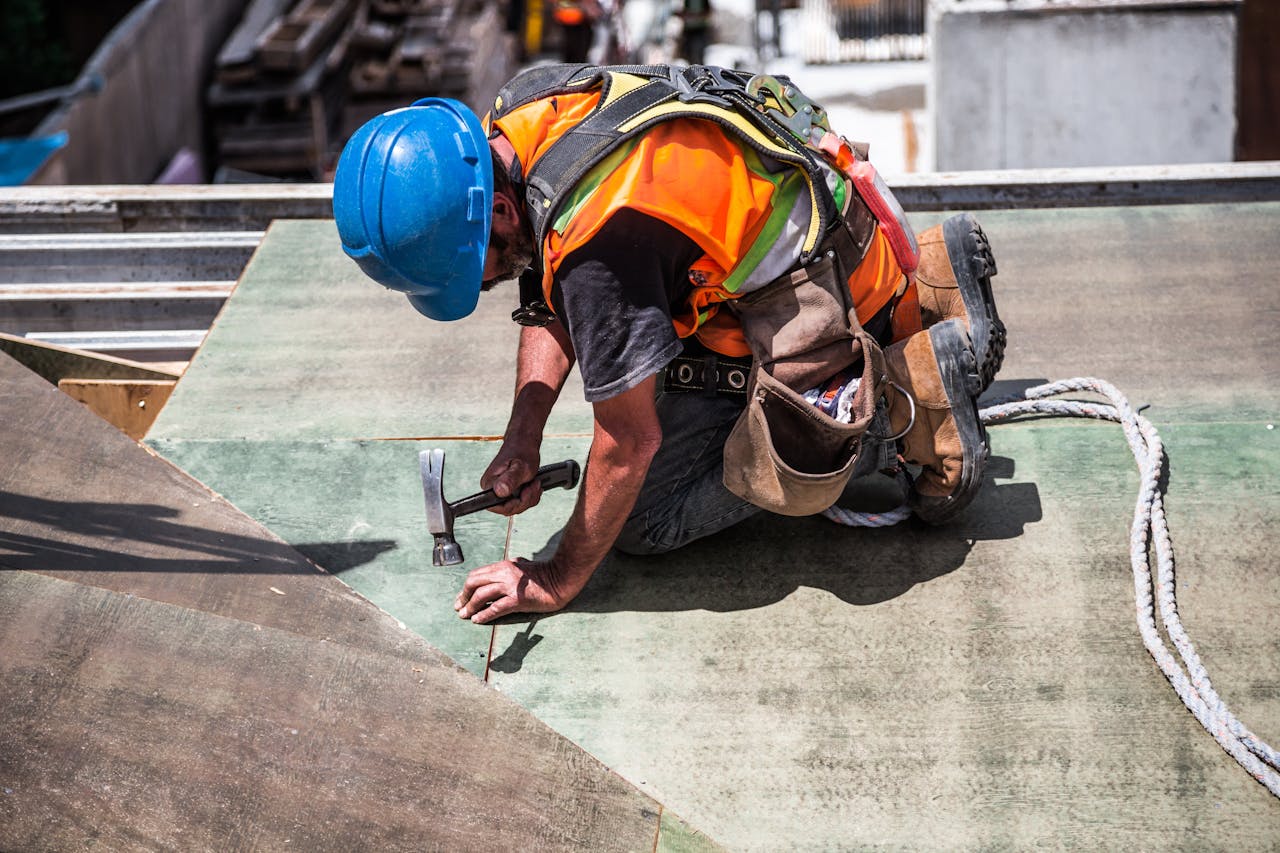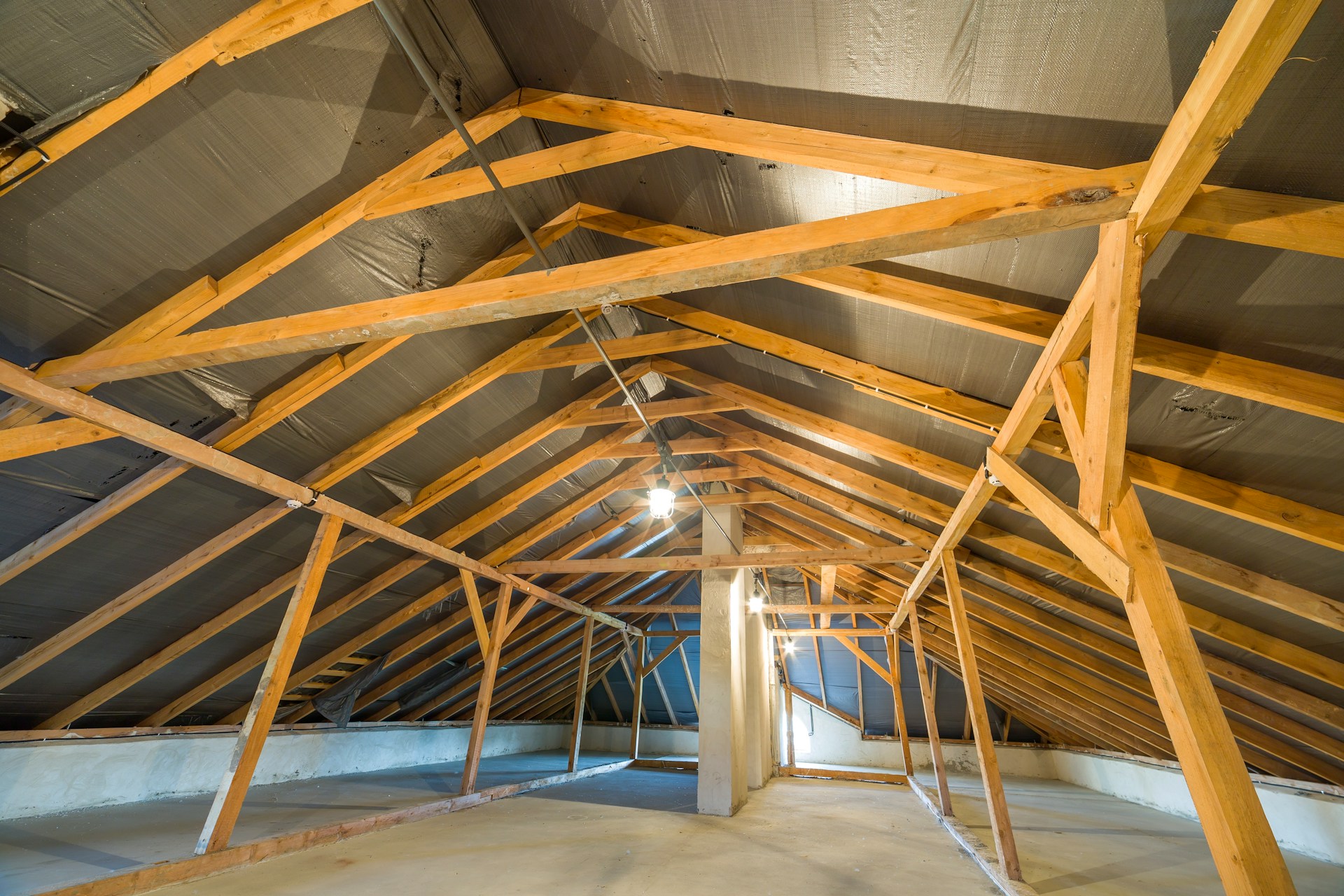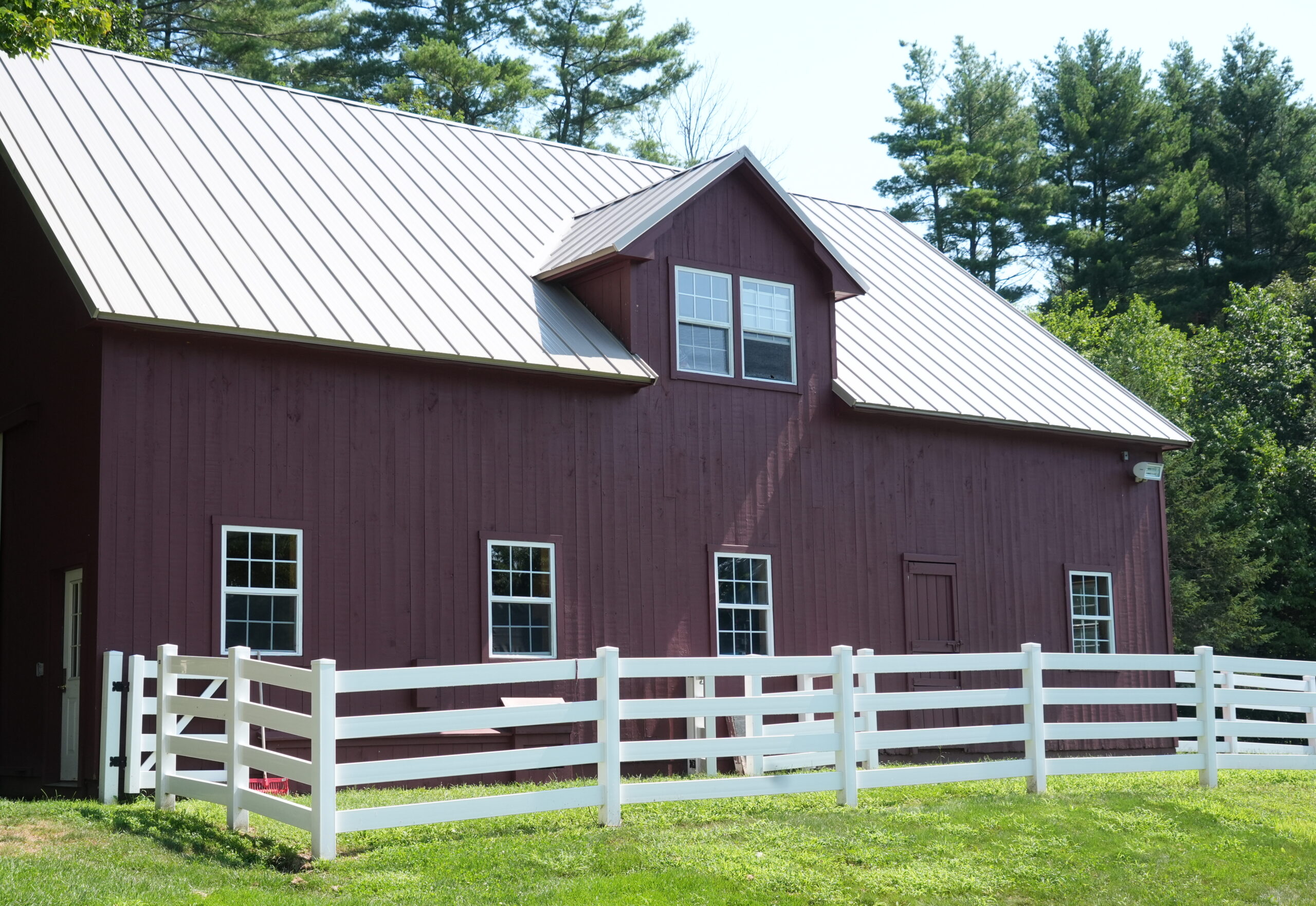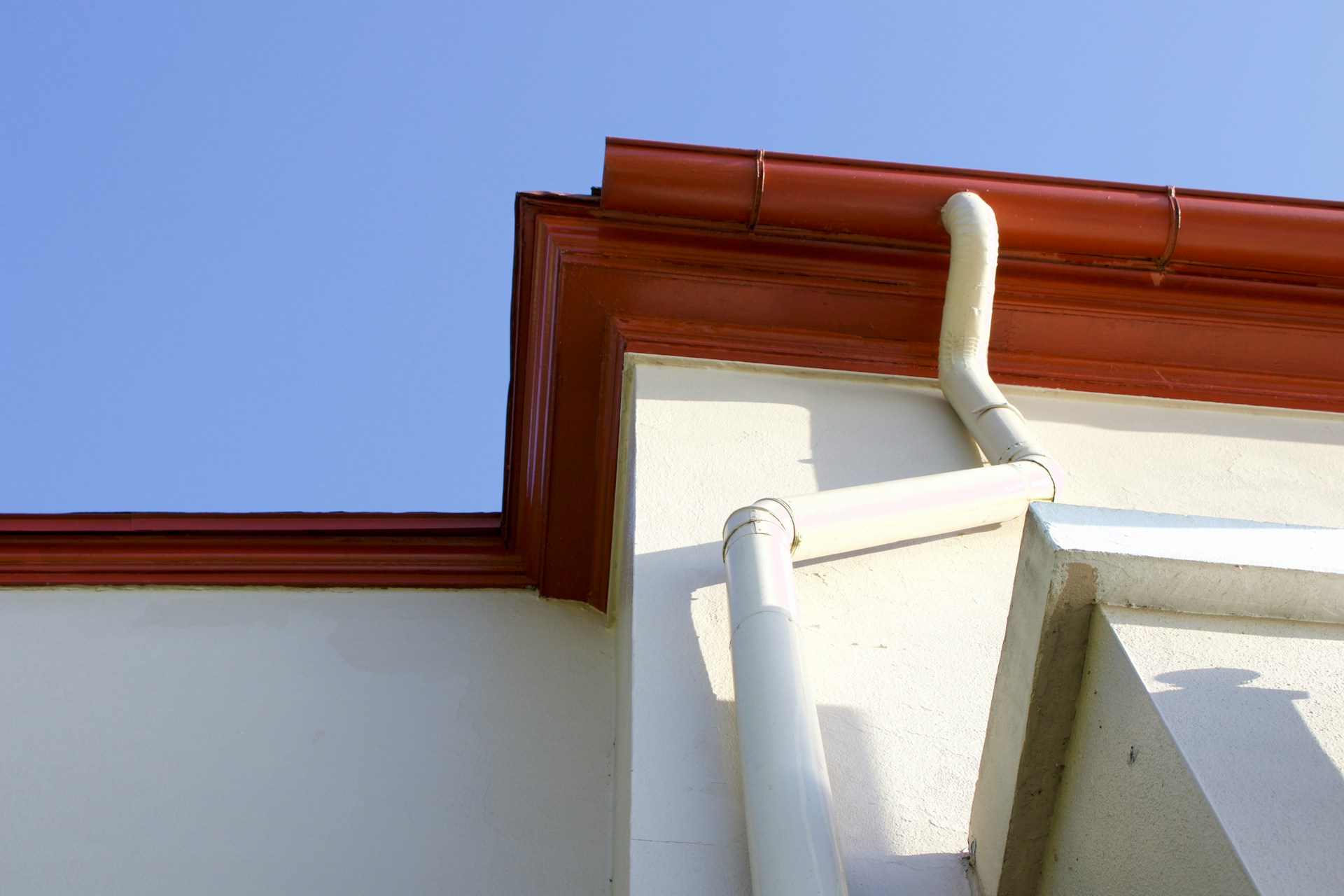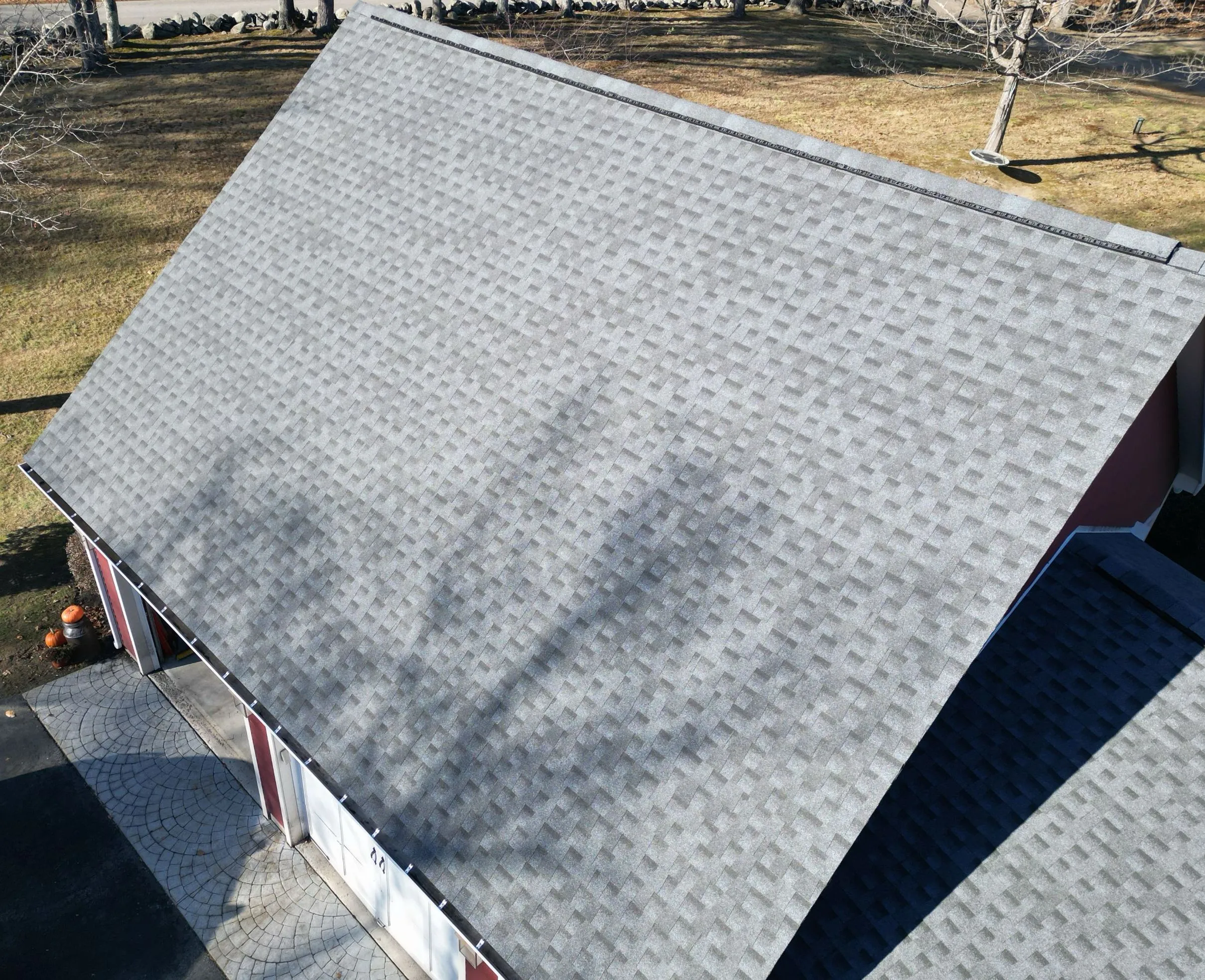In the diverse landscapes of New Hampshire and Southern Maine, businesses face unique challenges when it comes to safeguarding their commercial properties. The weather patterns here, with their unpredictable shifts, demand sturdy roofs that promise durability and protection. Commercial roofing plays a vital role in this equation, offering much-needed shelter and stability. Companies in this area must ensure their roofing solutions can withstand the elements and serve their business needs without interruption.
When we think about commercial roofing, we can’t overlook its impact on a business’s overall operation. Roofs not only shield against the weather but also help in reducing energy consumption and enhancing the visual appeal of a building. A good roofing system can reduce unexpected repairs and provide a safe environment for employees and customers alike. Thus, choosing the right roof is key for any business wanting to maintain strong operations and protect its investments.
Importance of Quality Commercial Roofing
Businesses must prioritize the quality of their roofing. A poorly constructed roof can lead to multiple issues, including leaks, energy inefficiencies, and a general lack of safety. Quality roofing ensures not just the physical protection of the building but also financial savings in the long term. Here are a few key reasons why a high-quality roof matters:
– Protection from Weather: In regions like New Hampshire, roofs face harsh conditions, from heavy snow in winter to rain and wind in other seasons. A strong roof can protect the inside of the building from these elements.
– Energy Efficiency: Having a well-insulated roof contributes significantly to maintaining consistent temperatures inside the building. This ultimately helps in lowering heating and cooling costs.
– Curb Appeal: The roof is one of the first things people notice about a building. A modern, well-maintained roof can enhance the brand image and attract more business.
The benefits of quality commercial roofing stretch far beyond protection and efficiency. They include adding to the building’s aesthetic value and potentially increasing its market value. When businesses invest in top-notch roofing, they’re not only safeguarding their assets but also boosting operational efficiency.
Common Commercial Roofing Materials
Knowing which materials to choose for a commercial roof is vital in ensuring it meets specific needs and challenges. Here are some common options:
1. TPO (Thermoplastic Polyolefin): This is a single-ply roofing membrane known for its energy efficiency and strong reflective properties. TPO resists ultraviolet, ozone, and chemical exposure, making it an excellent choice for businesses aiming to save on energy costs.
2. EPDM (Ethylene Propylene Diene Terpolymer): Often called a “rubber roof,” EPDM is great for its durability and ability to withstand extreme temperatures. It’s flexible and easy to install, making it a popular choice for many.
3. Metal Roofing: Known for its longevity, metal roofing can last for decades with little maintenance. It is highly resistant to weather conditions, making it suitable for the changing climates of New Hampshire and Southern Maine.
When choosing a roofing material, businesses should weigh the pros and cons of each option. TPO is great for energy efficiency, EPDM offers flexibility and strength, while metal roofing assures durability. By matching the roofing material to the building’s specific needs, businesses can ensure long-term satisfaction and minimal upkeep.
Choosing the Right Roofing Solution
Selecting the best roofing solution for a business can sometimes feel like a puzzle, with various pieces needing to fit perfectly. One important piece is the local climate, which heavily influences roofing decisions. In New Hampshire, for example, the choice of roofing material might differ from warmer regions due to the state’s chilling winters and rainy springs. Businesses should consider materials that offer weather resistance and insulation to manage these conditions effectively.
Another factor is the building structure itself. The type of business often dictates the kind of roof required. Consider a warehouse versus an office building; each might benefit from a different style or material based on its function. Budget is also a key factor in the decision. While it might be tempting to cut corners to save money, investing in quality upfront often translates to fewer repairs and better performance down the line.
To find the perfect fit, businesses should assess their specific needs. For example, a downtown boutique in Concord, New Hampshire, might select a roof that complements its historical architecture, enhancing its charm and attracting foot traffic. Conversely, a manufacturing plant might prioritize durability and cost-effectiveness.
Maintenance and Long-Term Care
Once the right commercial roof is in place, proper maintenance becomes crucial. Regular upkeep not only extends the life of the roof but also ensures safety and efficiency. Here are some tips to keep that roof in top condition:
– Schedule regular inspections, at least twice a year, to catch small issues before they escalate.
– Clean gutters and downspouts to prevent water buildup, which can lead to leaks or damage.
– Look out for signs of wear and tear, such as cracked seams or pooling water, and address these promptly.
The New England weather can be unpredictable, so having a seasonal maintenance plan can be beneficial. During winter, when snow accumulation can occur, businesses should have a strategy to remove snow safely to prevent roof collapse. In rainy seasons, ensuring proper drainage can help maintain the roof’s integrity.
Taking these steps helps ensure that the roof not only protects the building but also supports the business’s operations without unexpected interruptions.
Protect Your Business with Reliable Roofing
Investing in a robust commercial roofing solution is akin to laying the groundwork for a business’s future success. It shields your property, enhances its allure, and promotes operational efficiency. The right roof can be a solid partner, safeguarding your investments and providing peace of mind through New Hampshire’s every season.
Through careful selection and maintenance, businesses can ensure that their roofing is a wise and lasting investment. Proper care means fewer worries about leaks or damage, and more time to focus on what truly matters: growing and sustaining the business. As you plan your roofing strategy, remember that quality and care go hand in hand, providing a stable foundation for any thriving enterprise.
To explore how your business can benefit from a sturdy and reliable roof, discover the options for commercial roofing in New Hampshire offered by J. Carnes & Son Roofing. With expertise in selecting the right materials and providing top-notch installation, they can help protect your investment and ensure your operations continue smoothly throughout every season.

